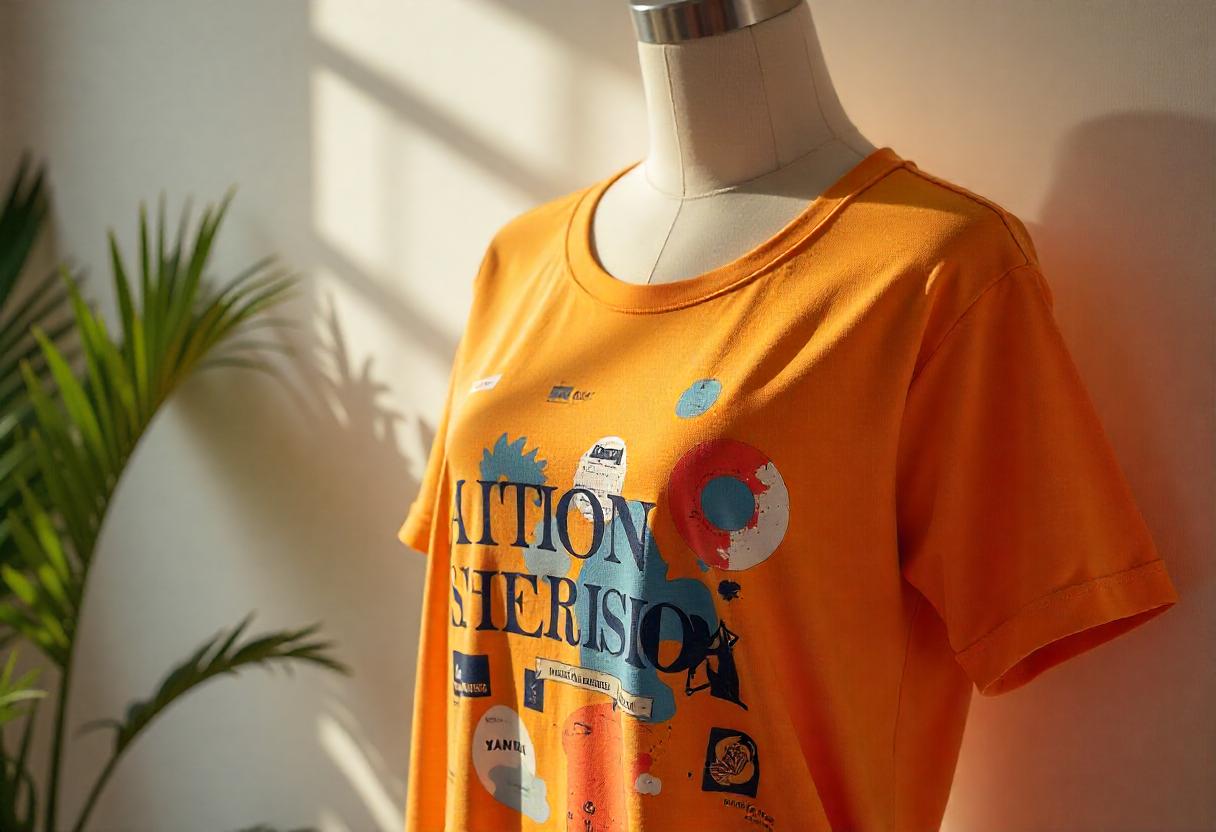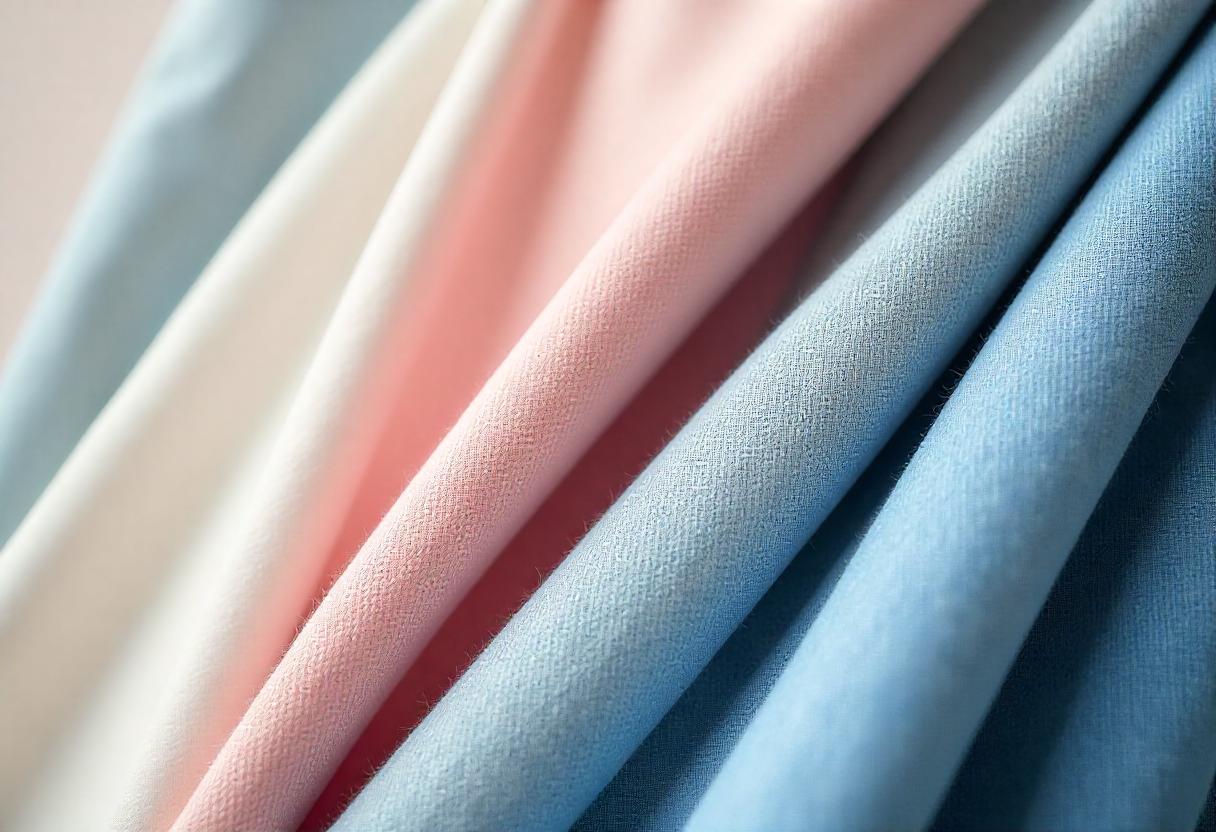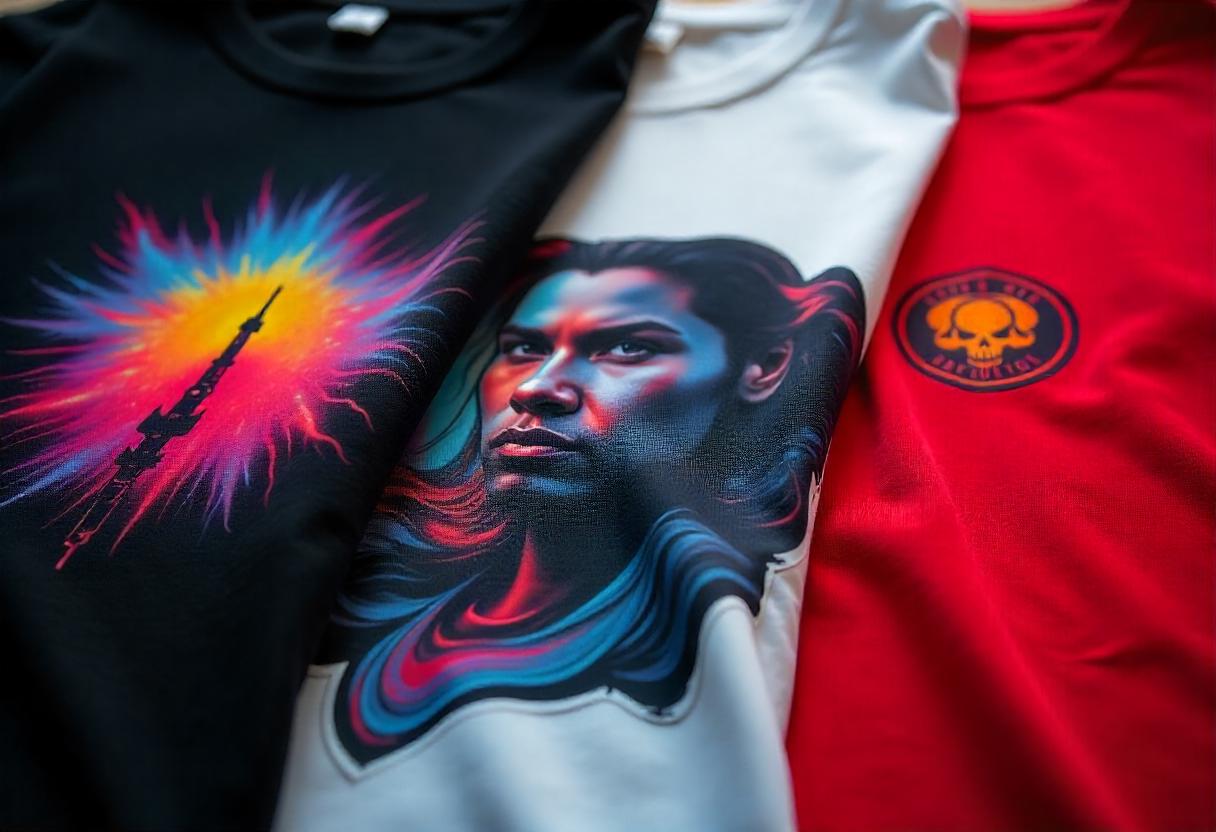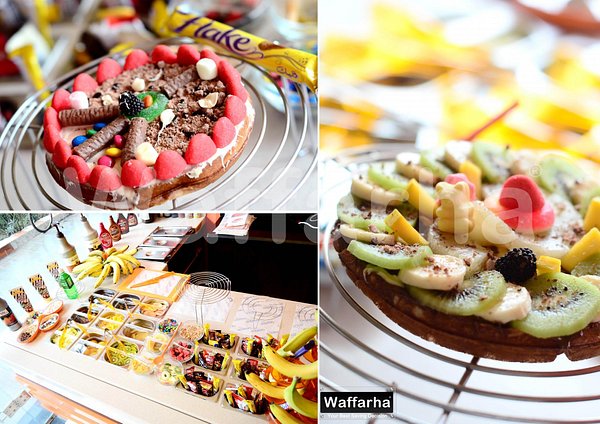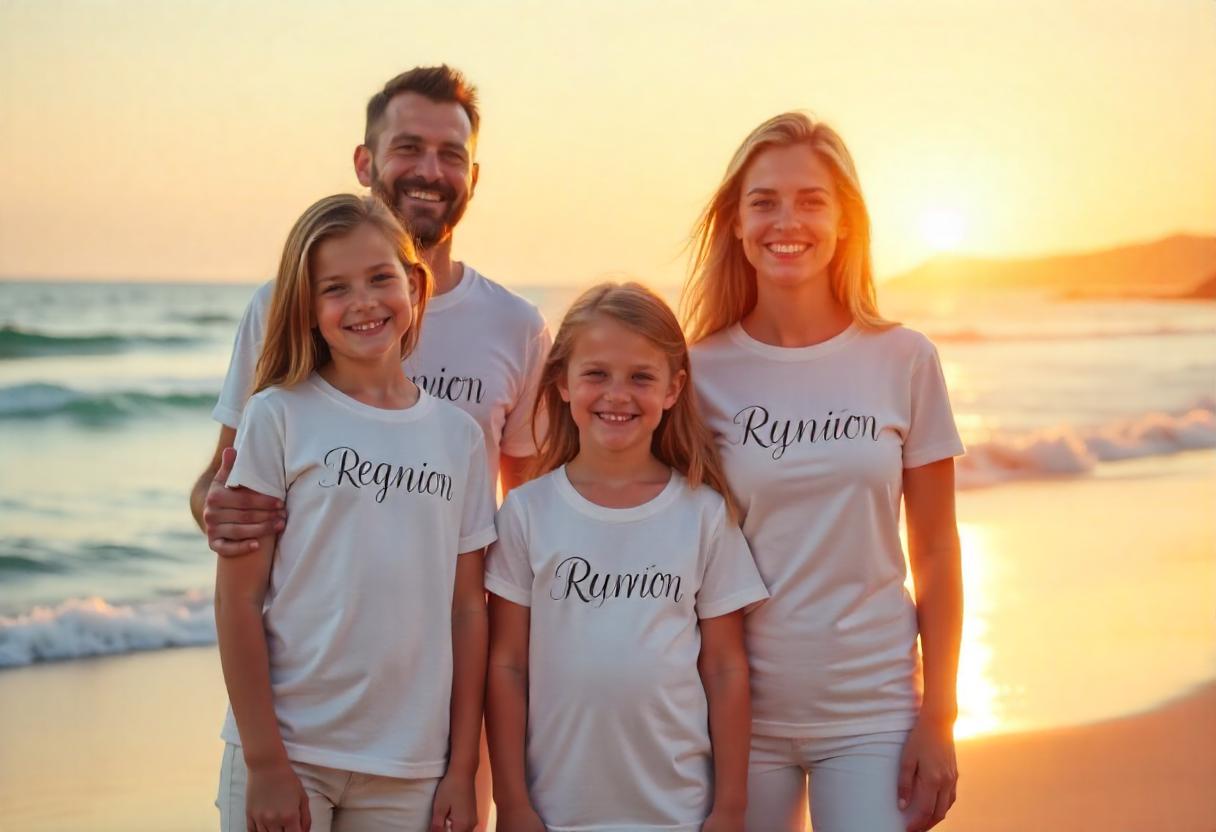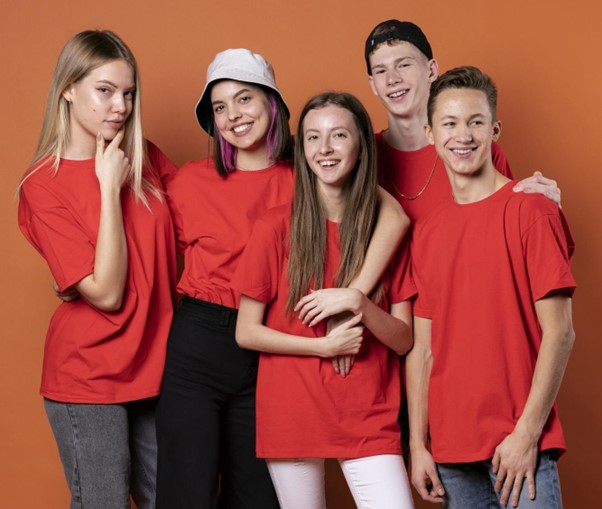 Website Copy Makeover – Turn Visitors into Buyers Instantly!
Website Copy Makeover – Turn Visitors into Buyers Instantly!
How To: Create Your Own T-Shirt (A Complete Beginner's Guide)
Written by Alen Walker » Updated on: June 29th, 2025

Introduction:
I'll never forget the first t-shirt I made - it was for my best friend's 30th birthday, with an inside joke so dumb only our friend group would get it. When she opened it, she laughed so hard she snorted her drink, and that moment made all the stress of figuring out screen printing totally worth it. That's the magic of creating your own shirts: they're not just clothing, they're wearable memories.
Over the years, I've made shirts for everything - bachelorette parties (with appropriately embarrassing slogans), family reunions (complete with terrible matching fonts), and even my Etsy side hustle selling shirts with obscure literary references. Some turned out amazing, others... well, let's just say my first bleach-dye attempt looked more like a chemical spill than art.
Here's what I've learned the hard way so you don't have to:
- The secret to designs people actually want to wear (hint: it's not just slapping text on fabric)
- How to choose the right printing method without getting ripped off
- Where to get quality blanks that won't shrink into crop tops after one wash
Whether you're making a single sentimental shirt or starting a small merch line, this guide will help you skip the mistakes I made and create something you'll be proud to wear.
1. Start With Your Idea (And Make It Actually Good)
Brainstorming Your Design
- Personal Meaning – Inside jokes, favorite lyrics, or custom artwork
- Trendy But Timeless – Avoid designs that’ll feel outdated in a year
- Keep It Simple – The best shirts often have clean, bold designs
Pro Tip:
Grab a notebook and sketch rough ideas—even if you "can’t draw." Some of the best shirt designs started as doodles!
2. Choose Your Design Method
Option 1: DIY Handmade
✔ Best For: One-of-a-kind shirts, artistic freedom
✔ Techniques:
Fabric Paint (Great for brush strokes & texture)
Iron-On Transfers (Easy for beginners)
Bleach Stenciling (Edgy, distressed look)
Option 2: Digital Design + Professional Printing
✔ Best For: Crisp, polished designs (or bulk orders)
✔ Tools to Use:
Canva (Free & user-friendly)
Adobe Illustrator (For advanced designers)
Procreate (If you’re drawing by hand)
3. Picking the Right Shirt (Because Fabric Matters!)
Fabric Comparison
| Type | Pros | Cons | Best For |
| 100% Cotton | Soft, breathable | Can shrink | Everyday wear |
| Tri-Blend | Vintage feel, drapes well | Slightly pricier | Trendy styles |
| Polyester | Moisture-wicking | Less breathable | Sports/activewear |
Fit Guide
Classic Fit – Relaxed, true to size
Slim Fit – More tailored (great for layering)
Oversized – Streetwear vibe
4. Printing Methods Compared
Screen Printing
✔ Best for: Bold, simple designs & bulk orders
✔ Cost: 5–15 per shirt (cheaper in bulk)
✘ Not ideal for: Super detailed artwork
Direct-to-Garment (DTG)
✔ Best for: Full-color, photorealistic prints
✔ Cost: 10–25 per shirt
✘ Watch out for: Color fading over time
Heat Transfer Vinyl (HTV)
✔ Best for: Small batches & metallic/glitter effects
✔ Cost: 8–20 per shirt
✘ Downside: Can crack after many washes
5. Where to Get Your Shirt Printed
Online Printers (No Minimum Orders)
Printful – Integrates with Etsy/Shopify
Custom Ink – Great for group orders
TeeSpring – No upfront costs (print-on-demand)
Yoode – Best for corporate custom merchandise and bulk T-shirt orders
Local Print Shops
✔ Pros: Support small business, see samples in person
✔ Cons: Usually more expensive than online
6. Avoiding Common Mistakes
🚫 Low-Resolution Art – Always use 300 DPI images!
🚫 Overcrowded Designs – Less text = more impact
🚫 Ignoring Wash Care – Some prints need cold water & inside-out washing
Case Study:
A friend printed 50 shirts for her startup—only to realize the font was too small to read from a distance. Don’t be like her.
7. Pricing & Selling Your Designs (Bonus Section!)
If You Want to Monetize Your Tees
Print-on-Demand – No inventory risk (use Redbubble, TeeSpring)
Local Markets – Sell at craft fairs or pop-up shops
Social Media – Instagram & TikTok love unique merch
Conclusion
Creating your own t-shirt is one of those projects that seems daunting until you actually try it—then it’s addicting. Whether you’re making a single shirt for yourself or a batch for your entire friend group, the key steps are:
- Start with a strong idea (keep it simple!)
- Pick the right fabric & printing method (comfort > everything)
- Test before you commit (order one sample first!)
Have you ever made your own shirt? Share your design (or disaster stories) in the comments!
Note: IndiBlogHub features both user-submitted and editorial content. We do not verify third-party contributions. Read our Disclaimer and Privacy Policyfor details.
Copyright © 2019-2025 IndiBlogHub.com. All rights reserved. Hosted on DigitalOcean for fast, reliable performance.


